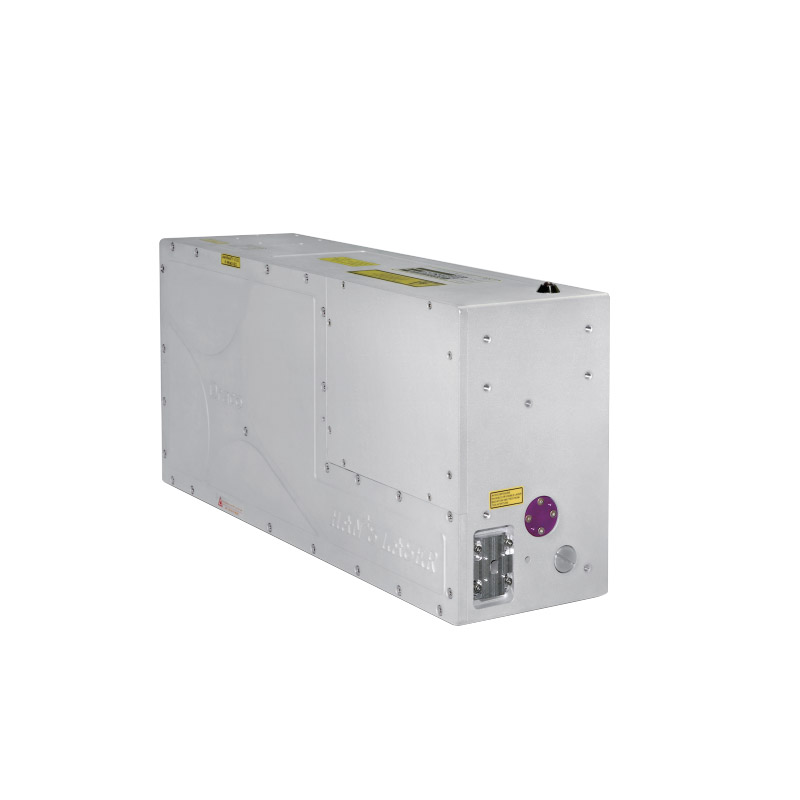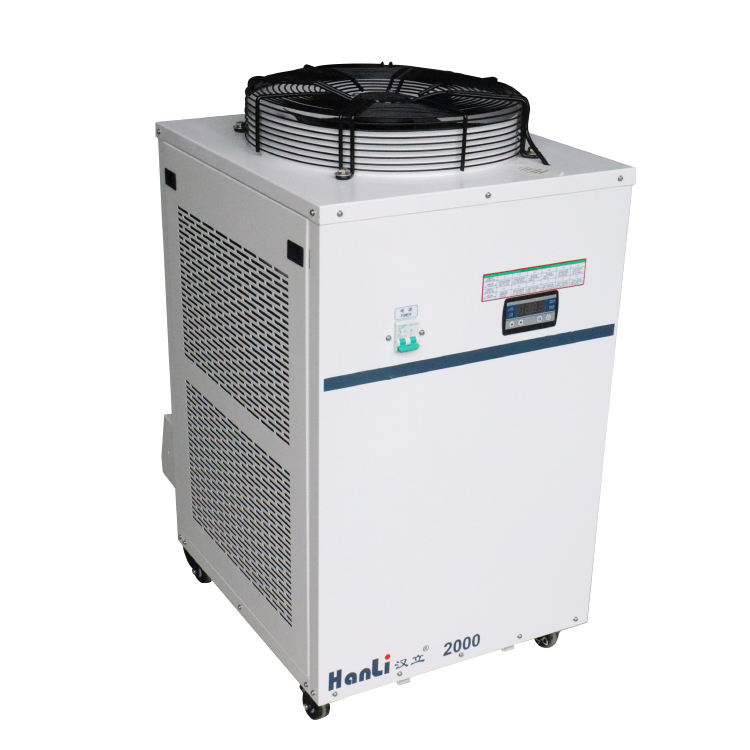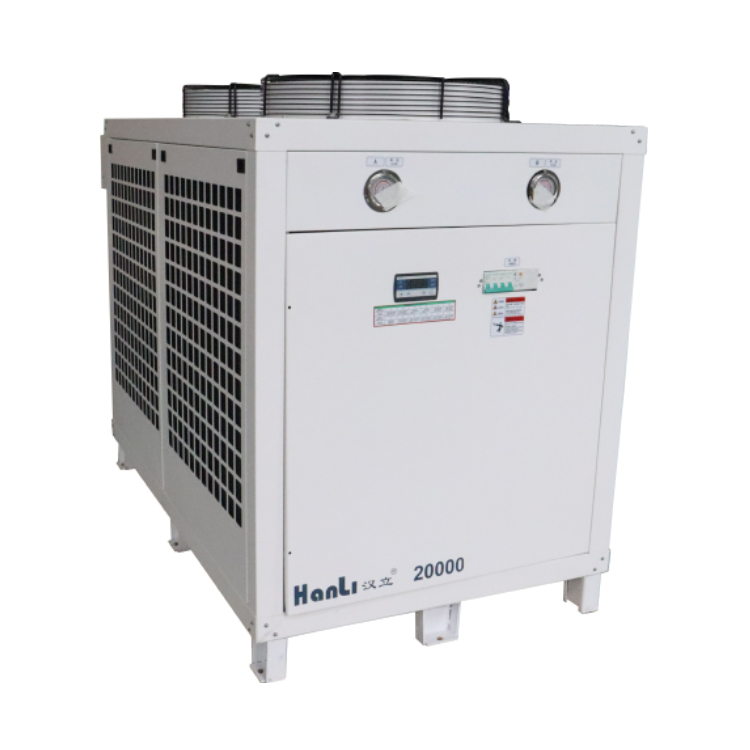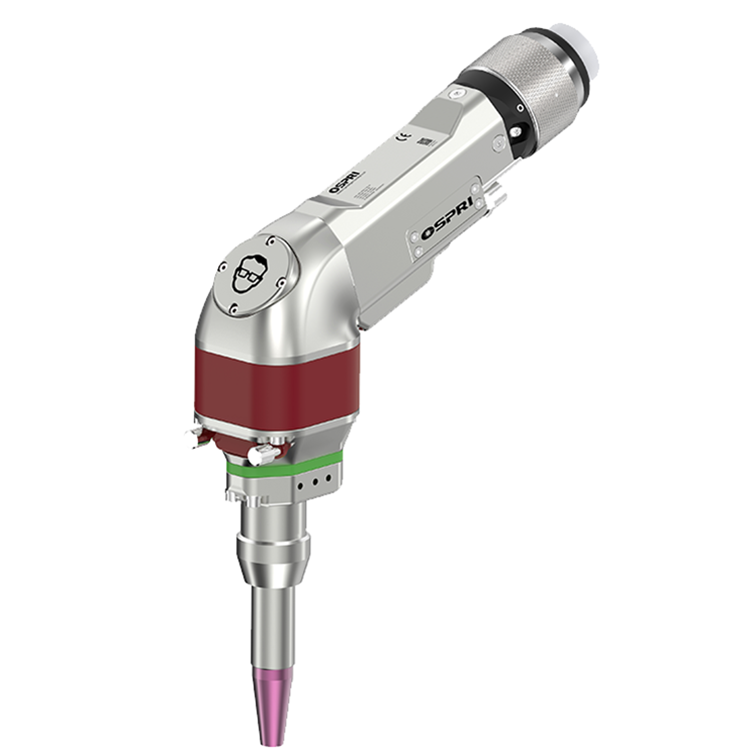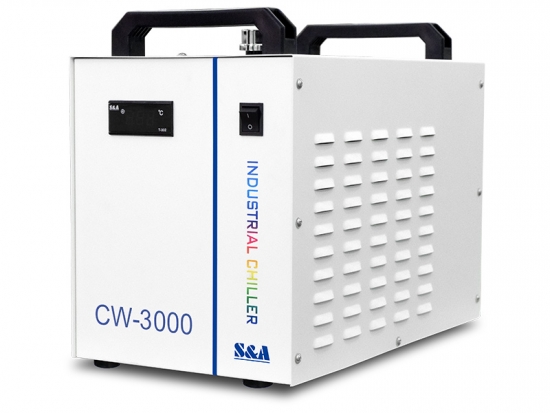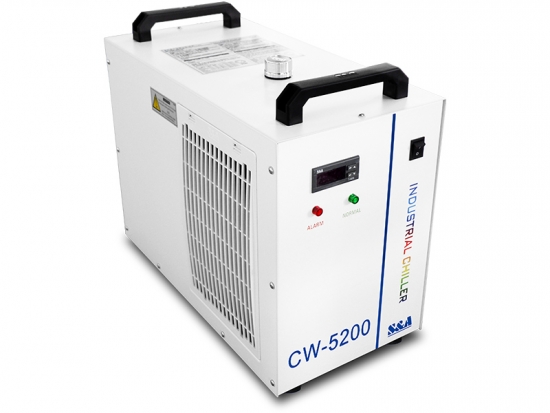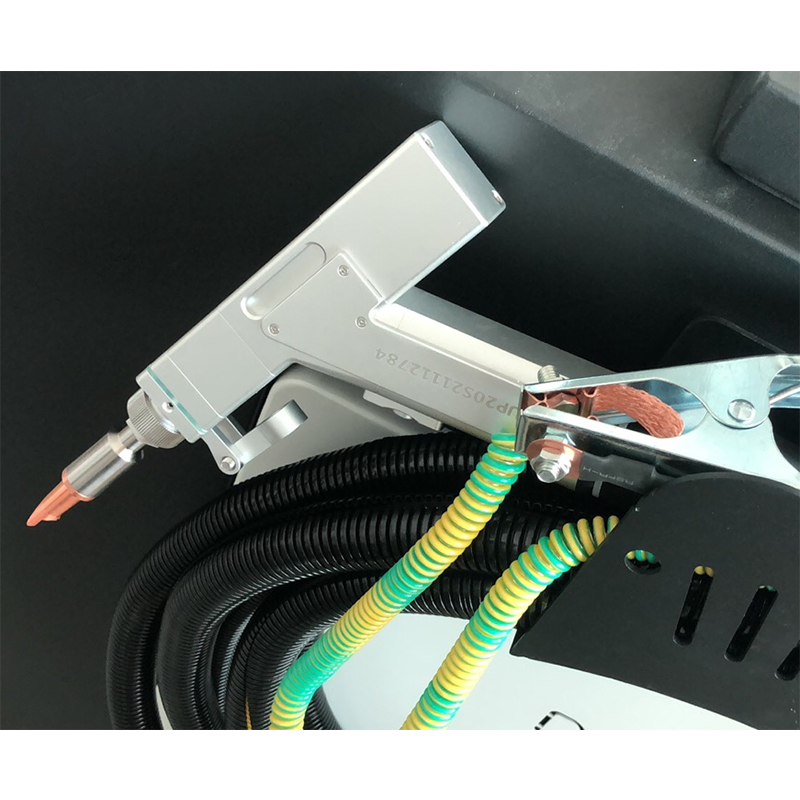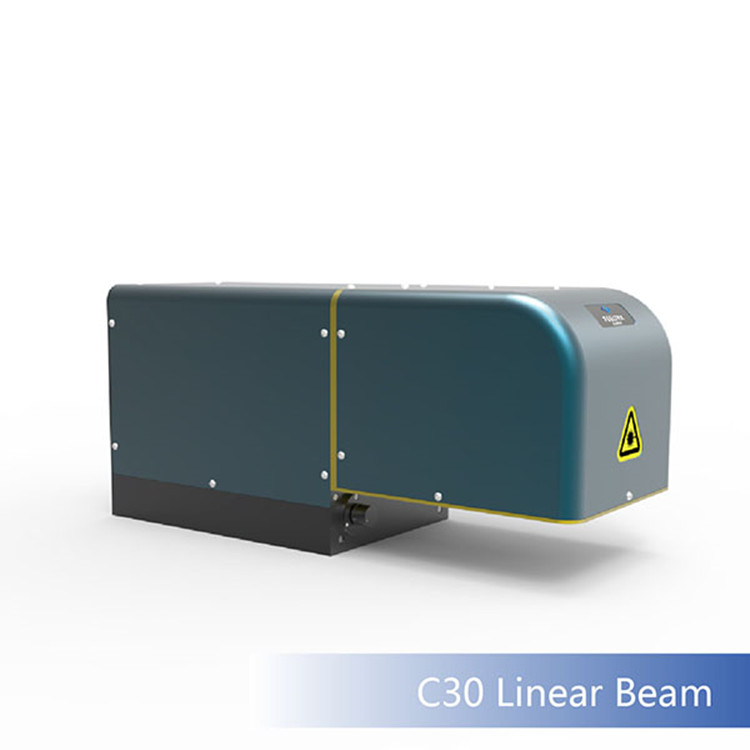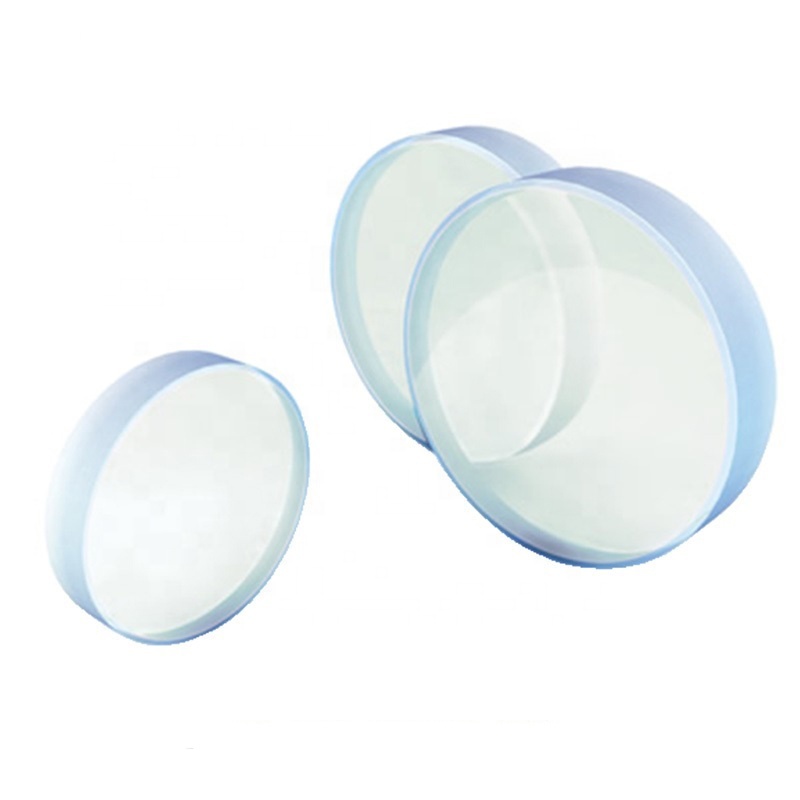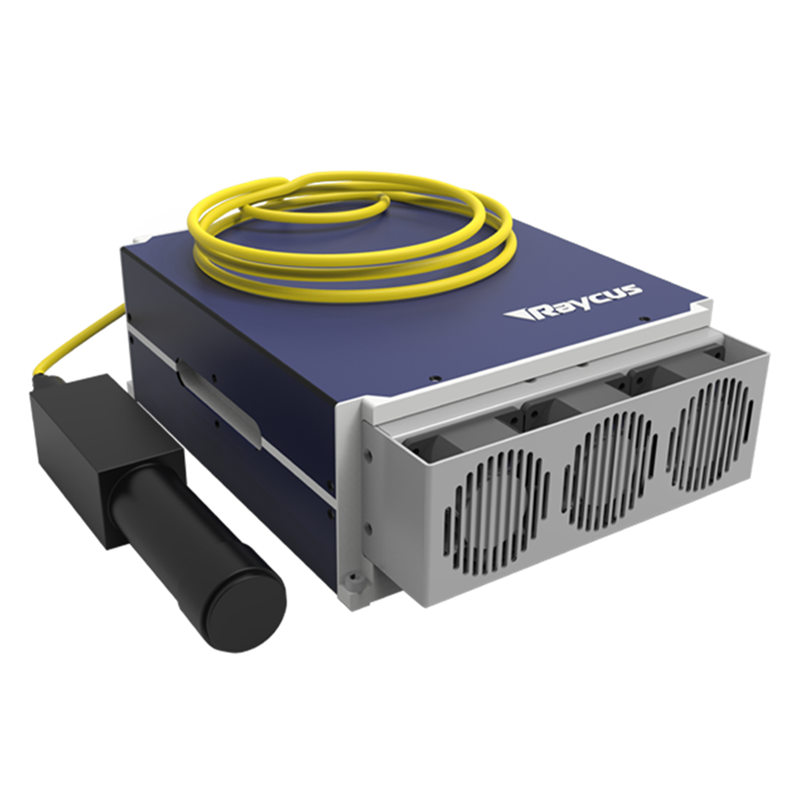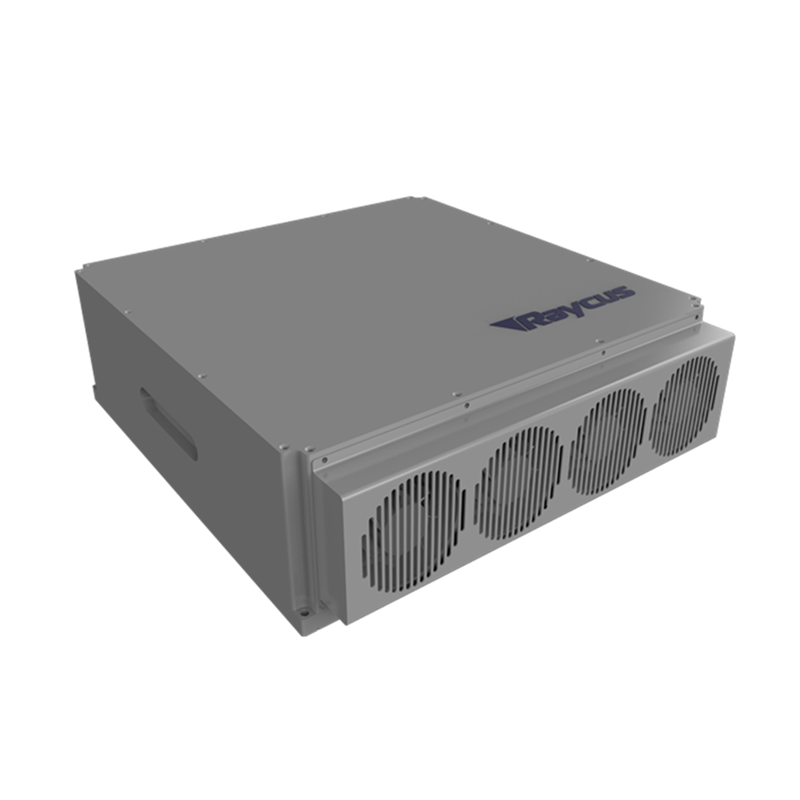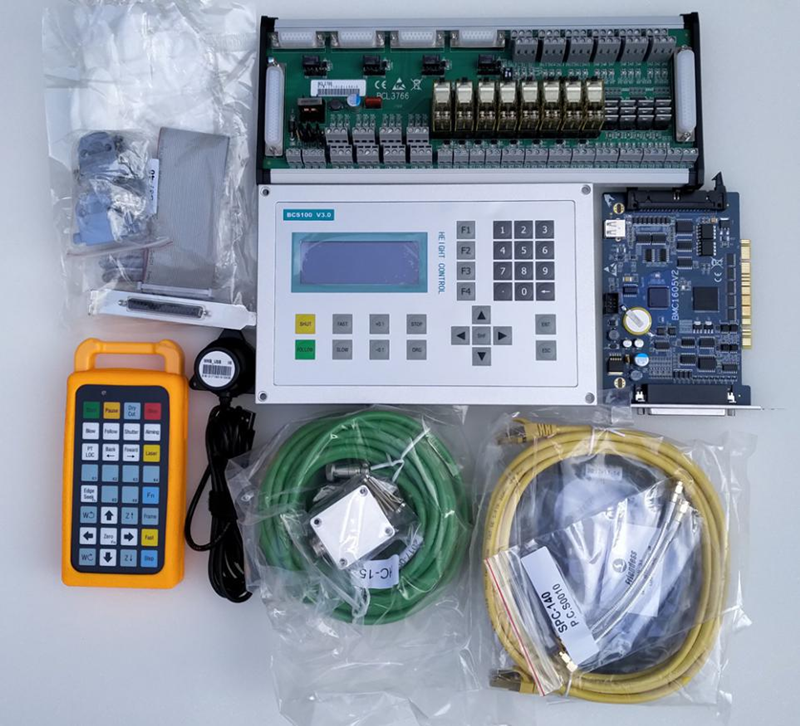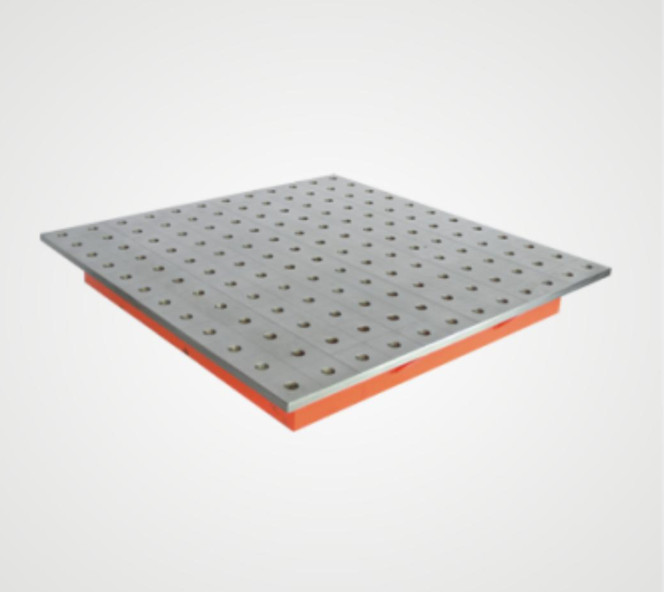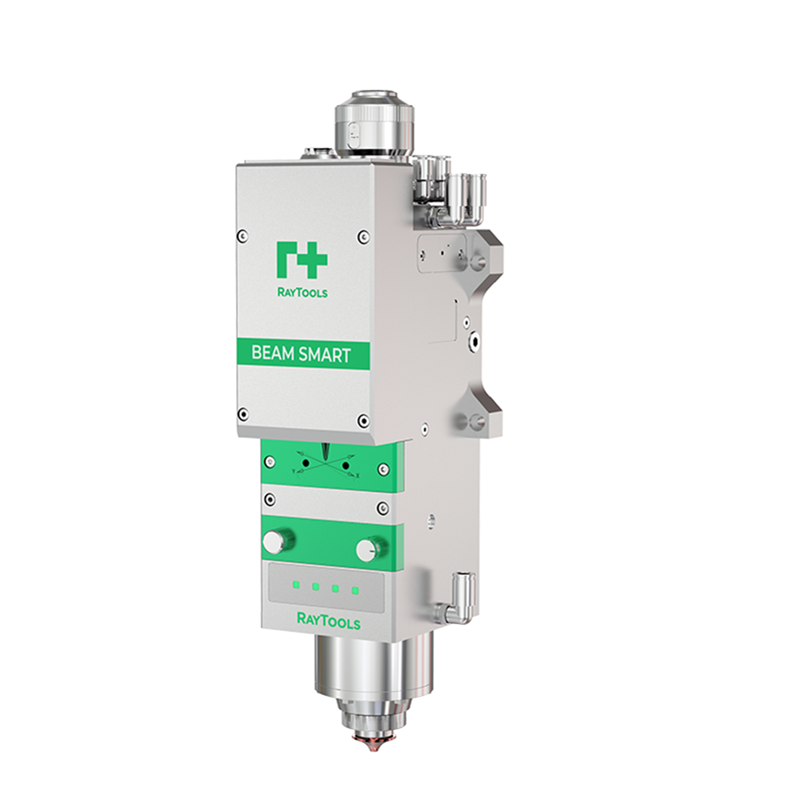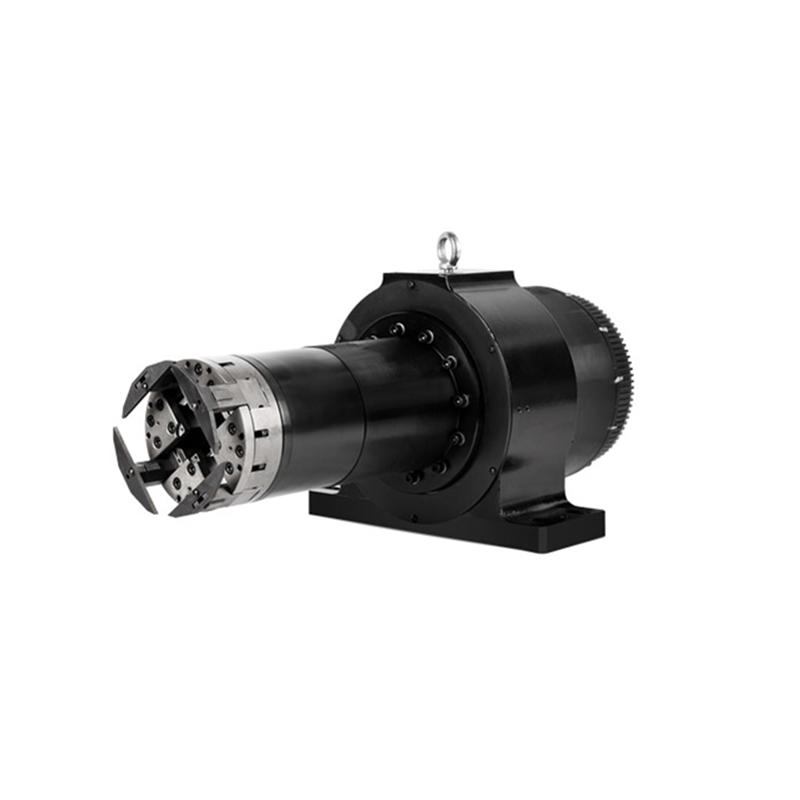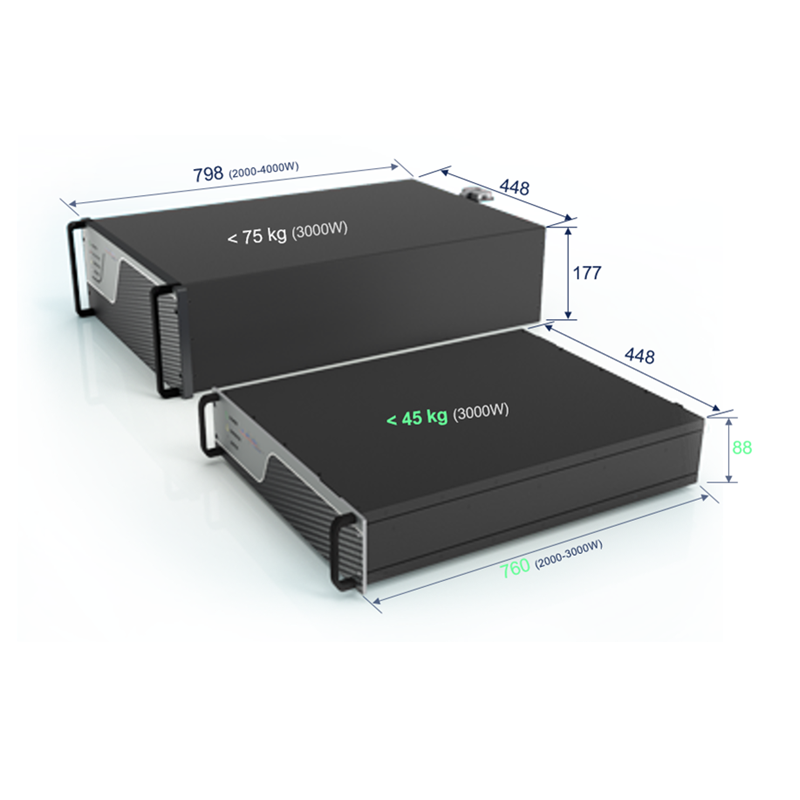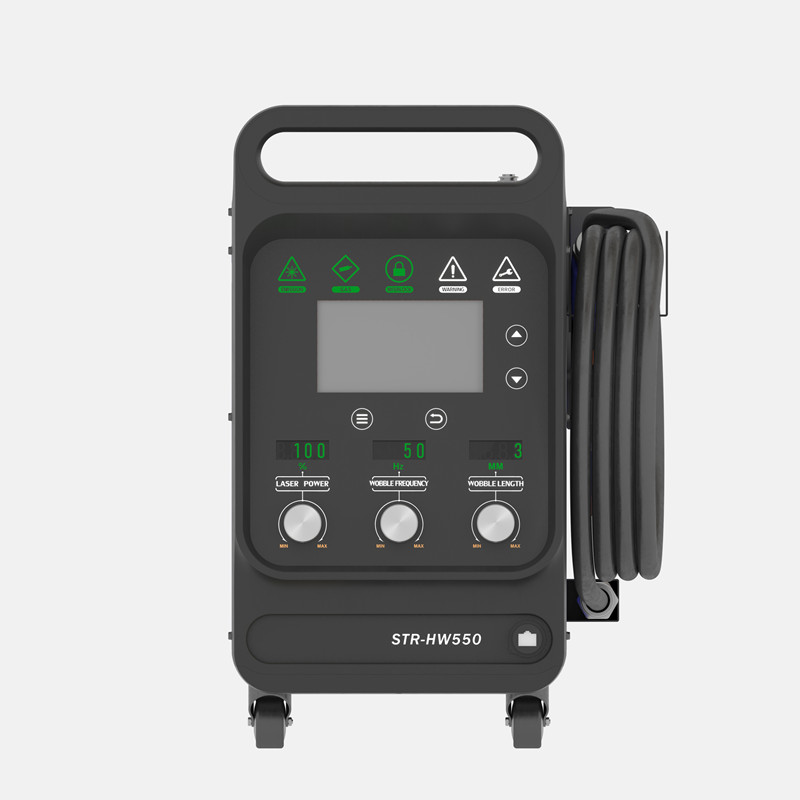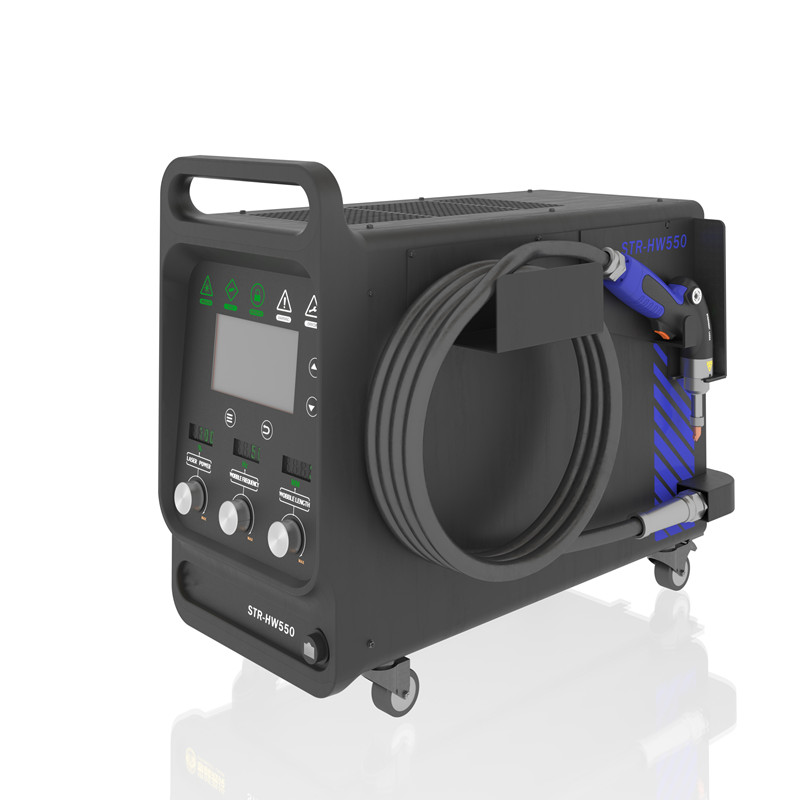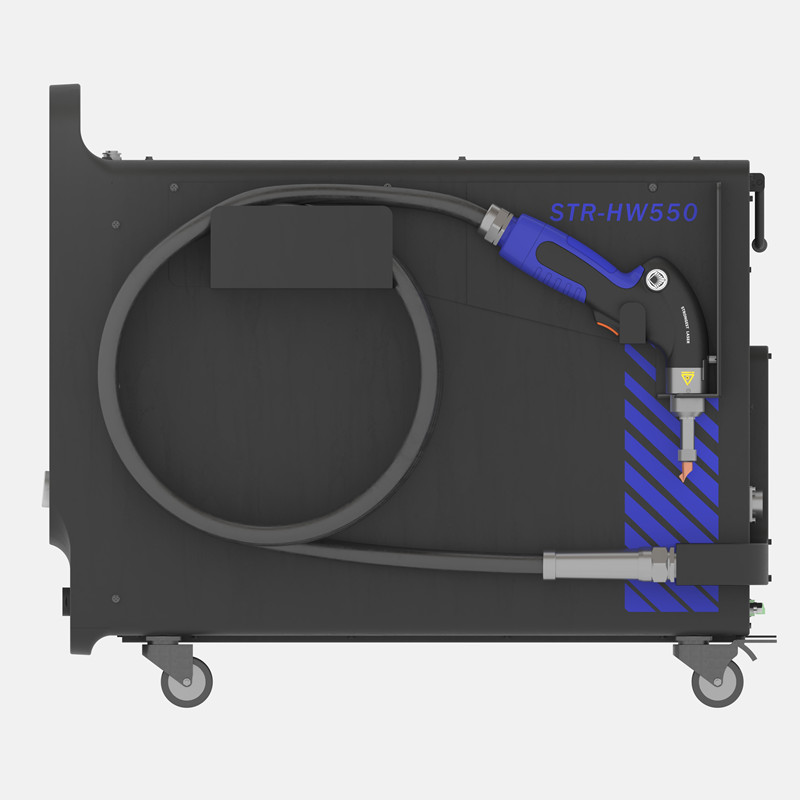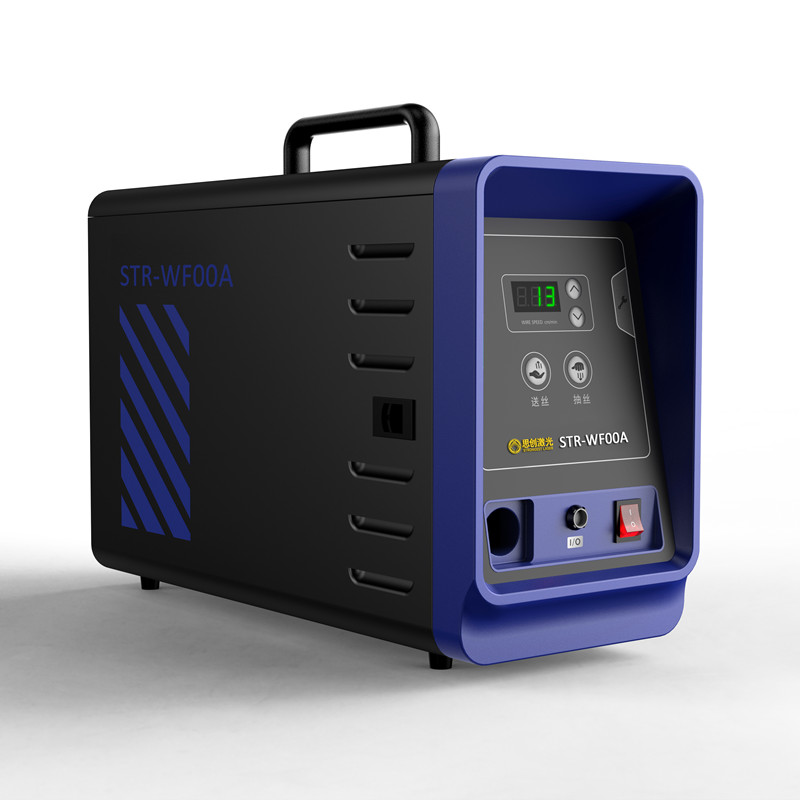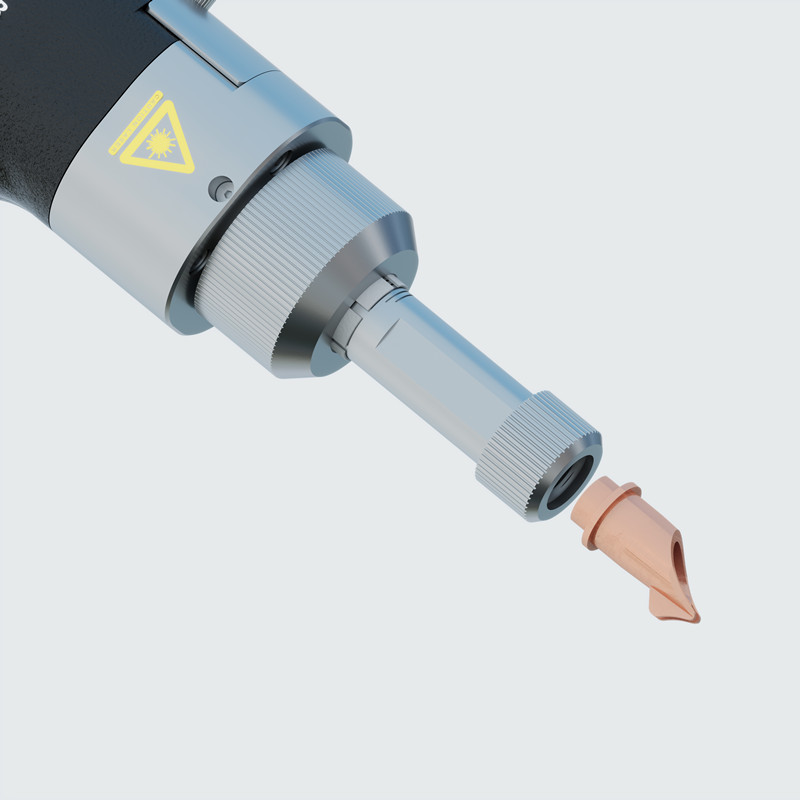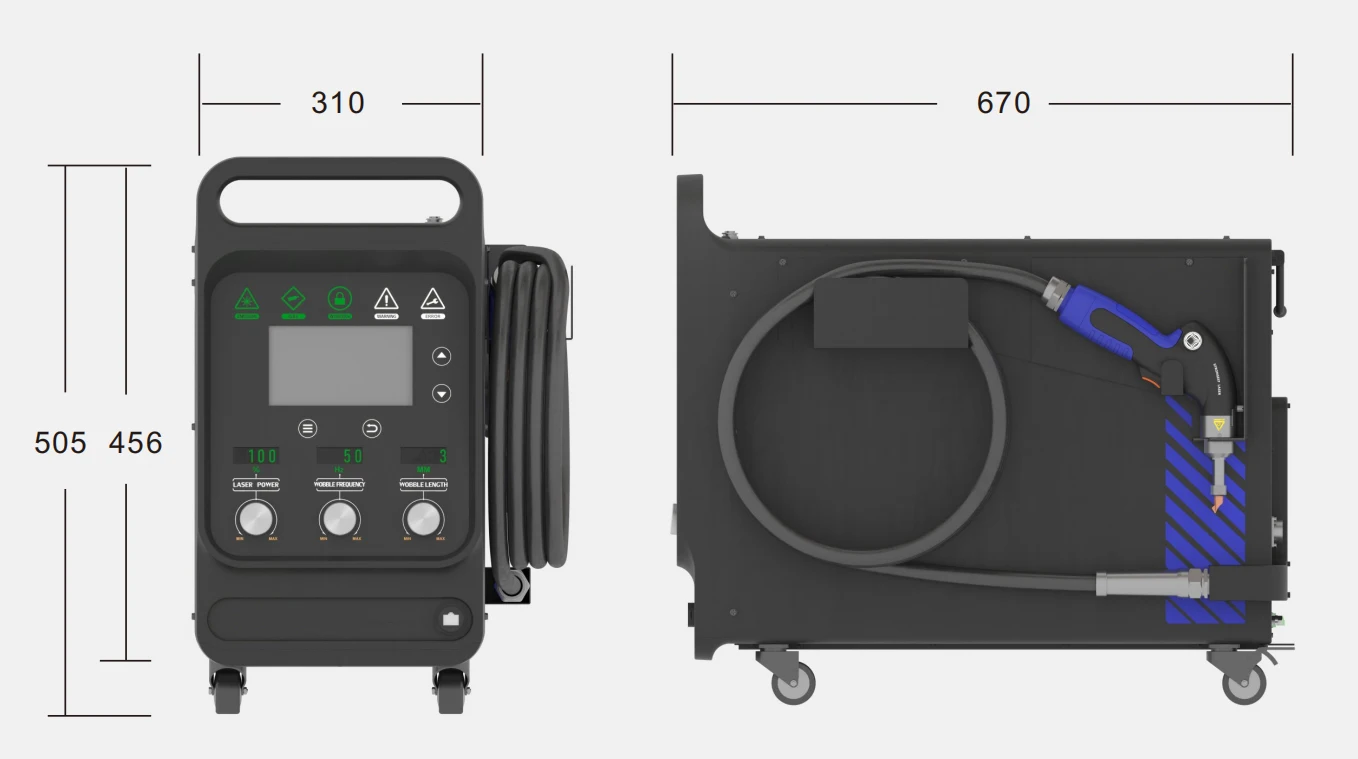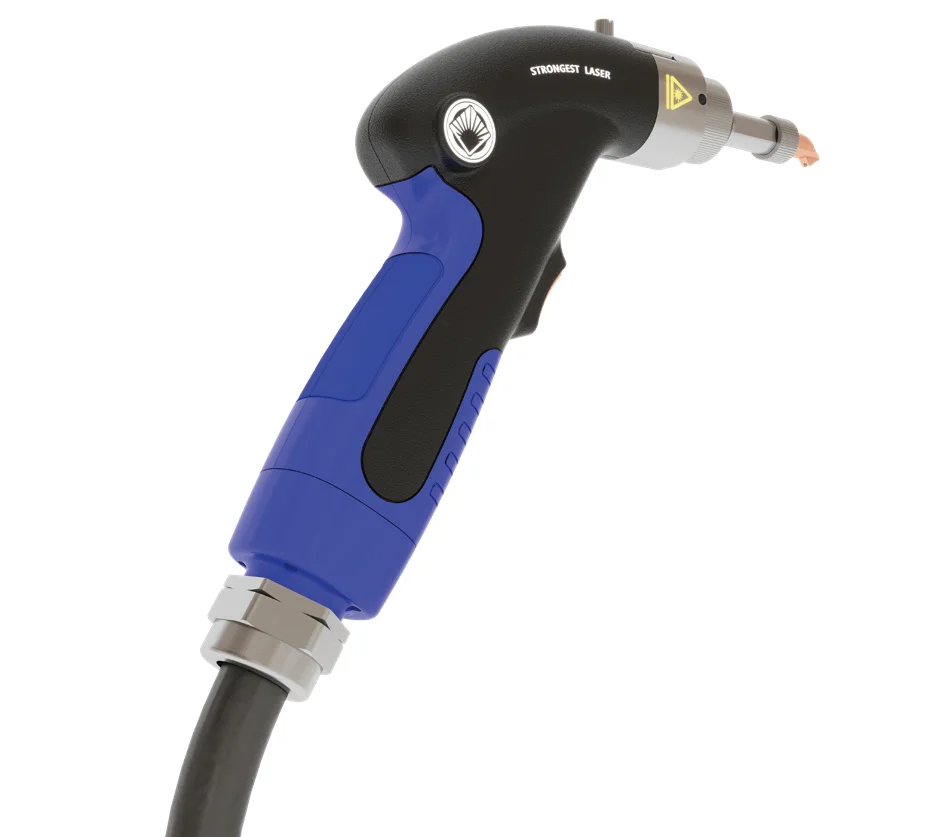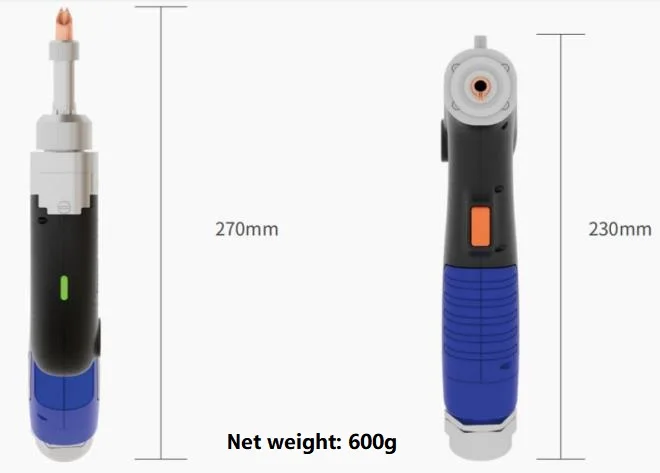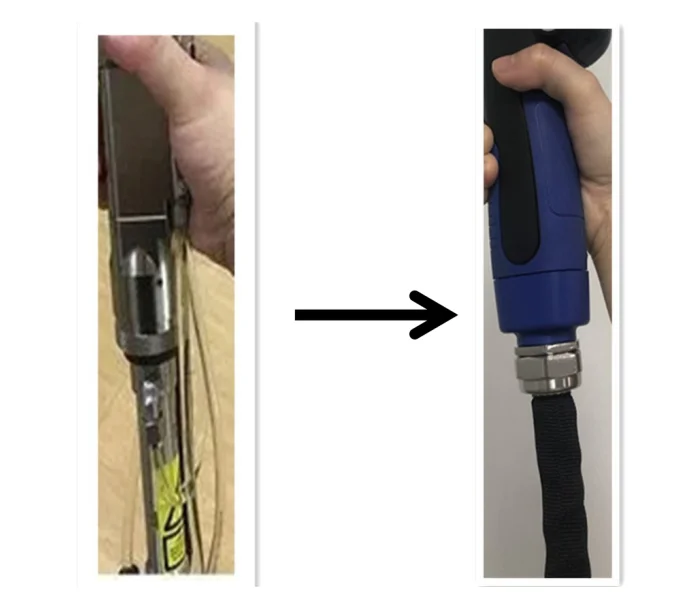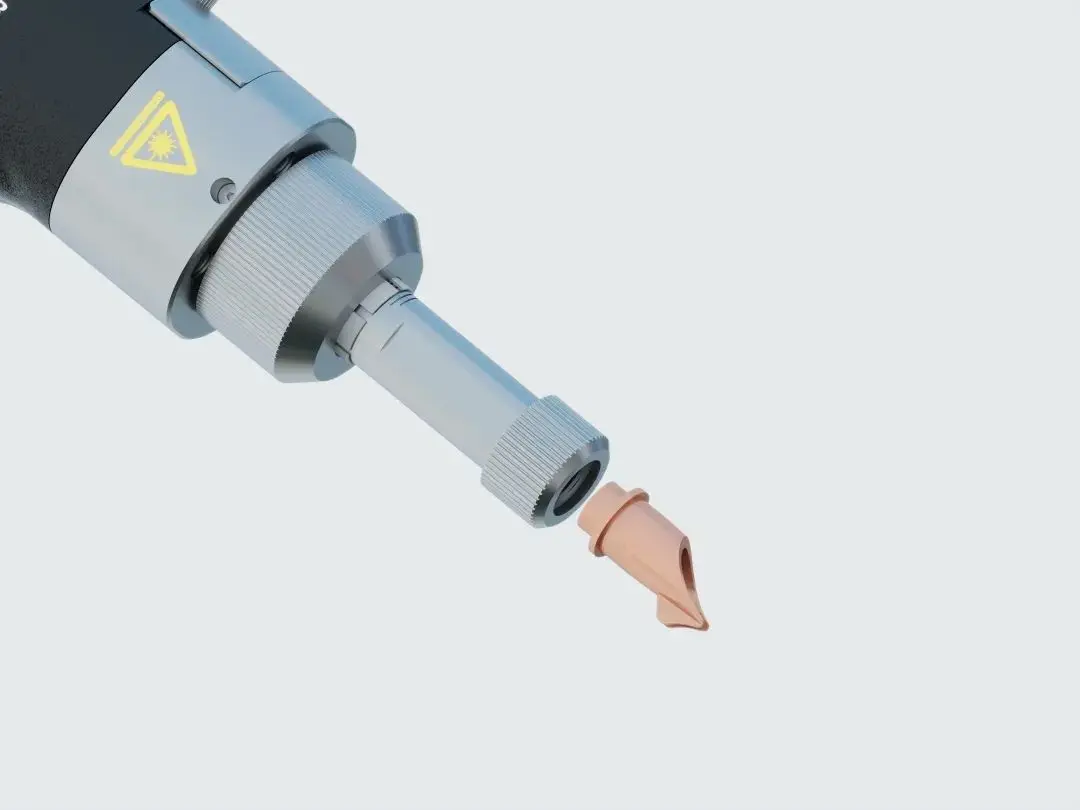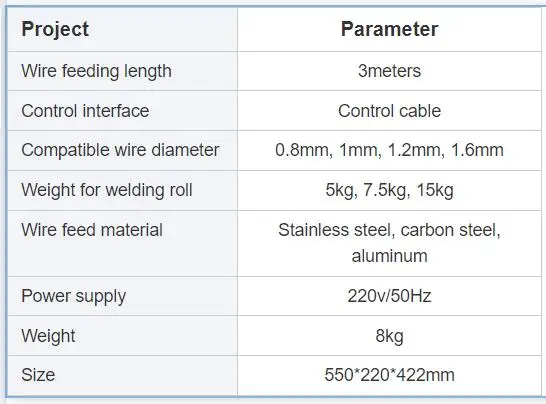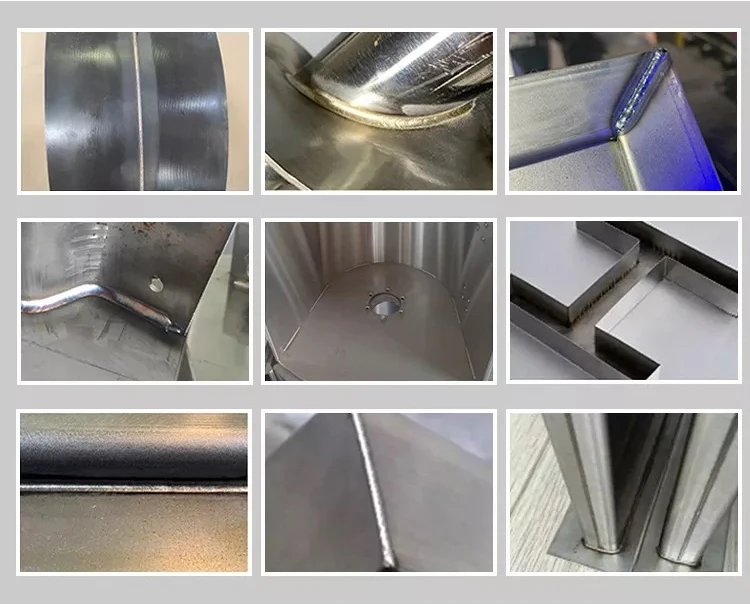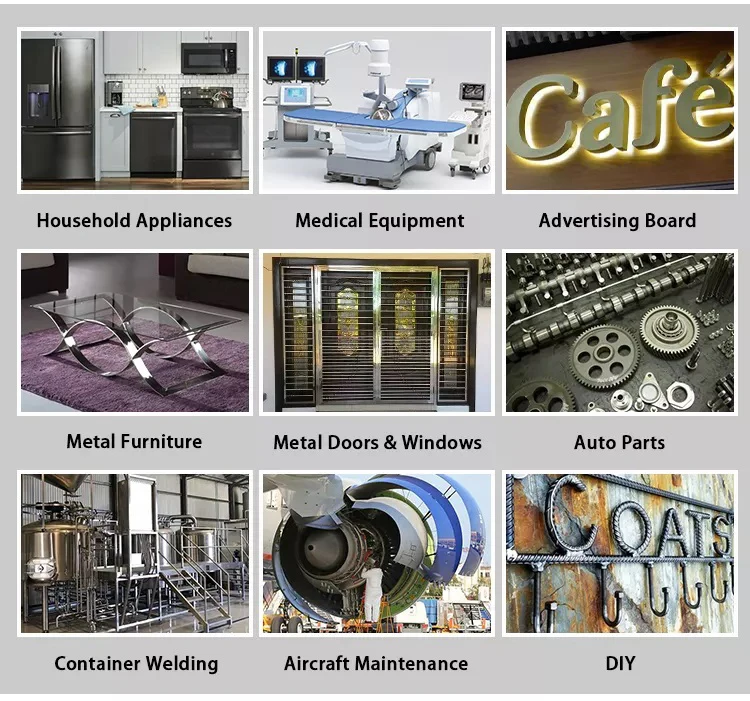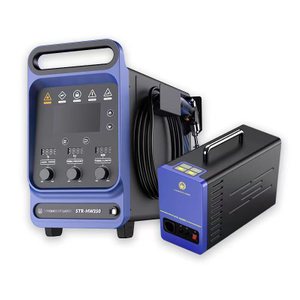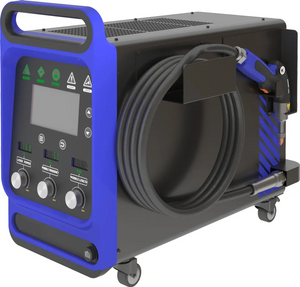Air-cooled laser welder is a type of laser welding system that utilizes air as the cooling medium to dissipate heat generated during the laser welding process. Here's an overview of how an air-cooled laser welder works and its key features:
Cooling System: Instead of relying on liquid coolant, such as water, an air-cooled laser welder uses airflow to dissipate heat from the laser source and other components. This airflow is typically facilitated by fans or other ventilation mechanisms within the laser welding system.

Compact Design: Air-cooled laser welders often have a more compact design compared to water-cooled systems, as they don't require additional space for coolant tanks, pumps, and associated plumbing.
Ease of Installation: The absence of complex coolant systems makes air-cooled laser welders easier to install and set up. They may be more suitable for applications where space is limited or where installing a water-cooled system is impractical.
Portability: Air-cooled laser welders are often more portable than their water-cooled counterparts due to their compact design and simplified cooling requirements. This makes them suitable for on-site welding applications or situations where mobility is important.
Maintenance: Air-cooled laser welders generally have lower maintenance requirements compared to water-cooled systems since they lack components like coolant filters, pumps, and tubing that need regular inspection and servicing.
Operating Environment: Air-cooled laser welders are well-suited for operation in environments where water availability or quality may be a concern. They eliminate the need for water-based cooling systems, making them more versatile in various working conditions.
Power Levels: Air-cooled laser welders are available in a range of power levels, from low to high, to accommodate different welding applications. Higher-power models may incorporate more robust cooling mechanisms to handle increased heat loads.
Efficiency: While air-cooled laser welders are generally efficient for many welding applications, they may have limitations in terms of sustained operation at high power levels due to the capacity of the air cooling system to dissipate heat.
1. 5m armored cable, handheld welding torch only 0.68kg;
2. The volume of the machine is less than 0.1 square meters. It is only about the size of an ordinary water heater and can be easily put into the trunk.
3. The operation covers an area of over 700 square meters, work for a long time without fatigue.



